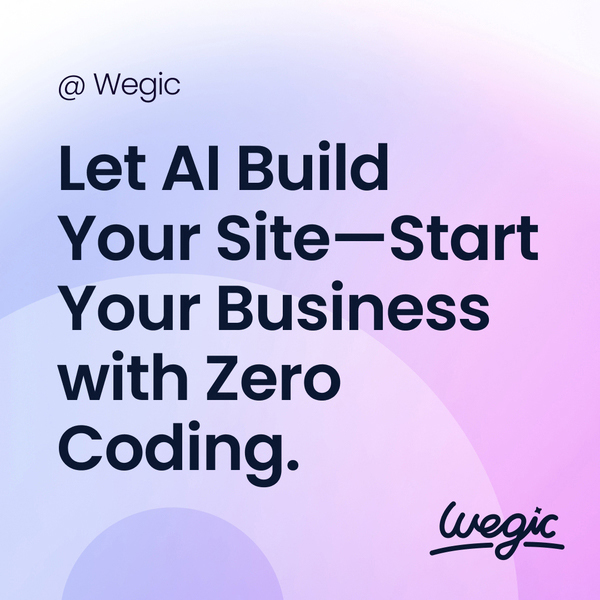Whats for Supper Quick Guide
Web apps have become an integral part of our daily lives, allowing us to access information and services with just a few clicks. From social media platforms to online shopping sites, web apps have revolutionized the way we interact with the digital world. In this article, we will explore the process of web app development, discussing the key steps involved and the tools and technologies used to create these dynamic and user-friendly applications.
What’s for Supper is a popular question that many people ask themselves every day. It is often a daily struggle to come up with new and exciting meal ideas that are not only delicious but also easy to prepare. In today’s fast-paced world, convenience is key when it comes to meal planning, and What’s for Supper aims to provide inspiration and solutions for busy individuals and families.
What’s for Supper is a website and mobile app that offers a wide range of recipes, meal planning tips, and shopping lists to help users plan their meals for the week ahead. Users can browse through hundreds of recipes, including quick and easy dinners, healthy options, kid-friendly meals, and more. The website also features a meal planning tool that allows users to schedule meals for the entire week, making it easy to stay organized and prepared.
One of the key features of What’s for Supper is the ability to search for recipes based on specific dietary preferences and restrictions. Whether you are looking for gluten-free, vegetarian, or low-carb options, What’s for Supper has a variety of recipes to suit your needs. The website also offers tips on how to adapt recipes to fit your dietary requirements, making it easy to enjoy delicious meals without compromising your health goals.
In addition to providing recipes and meal planning tools, What’s for Supper also offers valuable cooking tips and techniques to help users improve their culinary skills. From knife skills to cooking methods, the website covers a wide range of topics that can help users become more confident in the kitchen. What’s for Supper also features articles on food trends, ingredient substitutions, and kitchen gadgets to help users stay up-to-date on the latest culinary news.
One of the biggest advantages of using What’s for Supper is the convenience it offers to busy individuals and families. With the ability to browse recipes, plan meals, and create shopping lists all in one place, users can save time and energy when it comes to meal preparation. The website also offers a community forum where users can share tips, ask questions, and connect with other home cooks, creating a supportive and interactive environment for food enthusiasts.
Overall, What’s for Supper is a valuable resource for anyone looking to simplify their meal planning process and discover new and exciting recipes. Whether you are a seasoned chef or just starting out in the kitchen, What’s for Supper has something for everyone. With its user-friendly interface, customizable meal planning tools, and vast collection of recipes, What’s for Supper is the perfect solution for busy individuals who want to eat well without spending hours in the kitchen. So the next time you find yourself asking, “What’s for Supper?” be sure to check out What’s for Supper for inspiration and ideas to help you create delicious meals for you and your loved ones.
In today’s digital age, having a visually appealing and user-friendly website is crucial for the success of any business. A well-designed website can help attract new customers, build credibility, and increase conversion rates. However, designing a website is not as simple as it may seem. It requires a strategic and systematic approach to ensure that the final product meets the needs and expectations of both the business and its target audience. In this article, we will discuss the website design process in detail, outlining the key steps involved in creating a successful website.
Step 1: Define the Purpose and Goals
The first step in the website design process is to clearly define the purpose and goals of the website. This involves identifying the target audience, understanding their needs and preferences, and determining the desired outcomes for the website. For example, is the website meant to generate leads, drive sales, provide information, or showcase products and services? By having a clear understanding of the purpose and goals of the website, you can better tailor the design and content to meet these objectives.
Step 2: Conduct Research
Once the purpose and goals of the website have been defined, the next step is to conduct research. This involves analyzing the competition, researching industry trends, and gathering insights into the preferences and behaviors of the target audience. By conducting thorough research, you can gain a better understanding of what works and what doesn’t in your industry, helping you make informed design decisions.
Step 3: Create a Wireframe
After conducting research, the next step in the website design process is to create a wireframe. A wireframe is a visual representation of the layout and structure of the website, showing the placement of various elements such as navigation menus, headers, footers, and content sections. Creating a wireframe allows you to plan the overall design and functionality of the website before moving on to the visual design phase.
Step 4: Design the Visual Elements
Once the wireframe has been finalized, the next step is to design the visual elements of the website. This involves creating a visually appealing and consistent design that reflects the brand identity and resonates with the target audience. Elements such as color scheme, typography, imagery, and layout are carefully considered to create a cohesive and attractive design that conveys the desired message and engages users.
Step 5: Develop the Website
After the visual design has been approved, the next step is to develop the website. This involves coding the design into a functioning website using HTML, CSS, and other programming languages. During the development phase, the website is tested for functionality, responsiveness, and compatibility across different devices and browsers to ensure a seamless user experience.
Step 6: Test and Optimize
Once the website has been developed, it is essential to test and optimize its performance. This involves conducting usability tests to identify any usability issues, testing load times to ensure fast page speeds, and optimizing the website for search engines to improve visibility and accessibility. By testing and optimizing the website, you can ensure that it meets the needs and expectations of users, leading to better engagement and conversions.
Step 7: Launch and Monitor
The final step in the website design process is to launch the website and monitor its performance. This involves deploying the website to a live server, promoting it to the target audience, and tracking key metrics such as traffic, engagement, and conversions. By monitoring the performance of the website, you can identify areas for improvement and make informed decisions to optimize its effectiveness over time.


